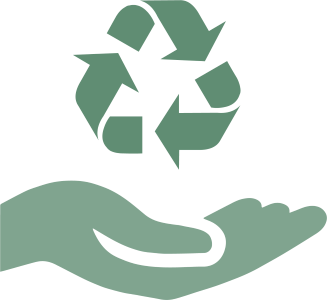Recycling is an important practice for preserving our environment and conserving our natural resources. In Singapore, recycling is not just a matter of personal responsibility, it is also a legal requirement under the Environmental Public Health Act. However, many people may not be aware of how to recycle properly and effectively. In this blog, we will explore some tips on how to recycle right in Singapore.
- Know what can be recycled
The first step in recycling right is knowing what can be recycled. In Singapore, the National Environment Agency (NEA) has a comprehensive list of recyclable materials on their website. These include paper, plastics, metals, glass, and e-waste. It is important to note that not all materials can be recycled, and some items may require special recycling processes.
- Separate recyclables
Once you know what can be recycled, it is important to separate them from non-recyclables. This can be done by placing different types of recyclable materials in separate bins or bags. The NEA recommends using blue recycling bags for recycling, which are available at various supermarkets and convenience stores. For example, paper and cardboard should be placed in one bag, while plastics and metals should be placed in another.
- Rinse and clean
Before recycling, it is important to rinse and clean the recyclable items. This is to ensure that they are free of food residue, dirt, or other contaminants that can affect the recycling process. For example, food containers should be thoroughly cleaned before being placed in the recycling bin.
- Flatten boxes
To save space and make it easier for recycling collectors, it is recommended to flatten cardboard boxes before placing them in the recycling bin. This also helps to prevent the boxes from taking up unnecessary space in the bin.
- Avoid contamination
One of the biggest challenges in recycling is contamination. This occurs when non-recyclable items are mixed with recyclables, which can compromise the quality of the recyclable materials. To avoid contamination, it is important to only place recyclable materials in the recycling bin, and not mix them with non-recyclables.
- Recycle e-waste
Electronic waste, or e-waste, is a growing concern in Singapore. E-waste refers to items such as computers, mobile phones, and other electronic devices. These items should not be placed in the regular recycling bin, as they contain hazardous materials. Instead, e-waste should be sent for proper recycling or disposal. The NEA has a list of designated e-waste recycling companies on their website.
- Reduce, reuse, and recycle
Finally, it is important to remember the 3Rs of waste management: reduce, reuse, and recycle. Recycling is just one part of the equation. To truly make a difference, we should also aim to reduce the amount of waste we generate and find ways to reuse items before recycling them. For example, instead of buying single-use plastic water bottles, we can use a reusable water bottle.
In conclusion, recycling right is an important practice for preserving our environment and conserving our natural resources. By following these tips, we can all do our part to recycle effectively in Singapore. Remember to know what can be recycled, separate recyclables, rinse and clean, flatten boxes, avoid contamination, recycle e-waste, and aim to reduce, reuse, and recycle. Together, we can create a cleaner and more sustainable future for Singapore.

